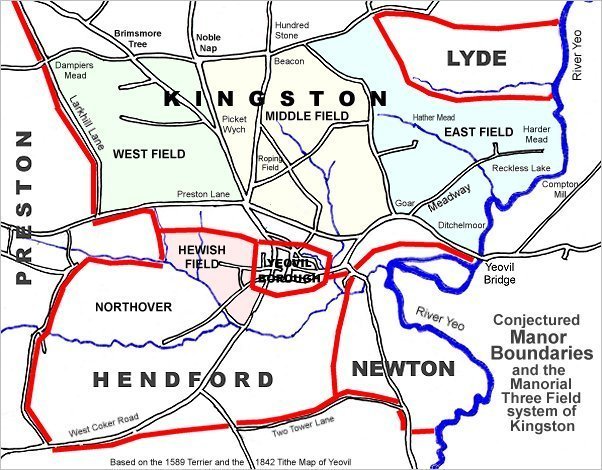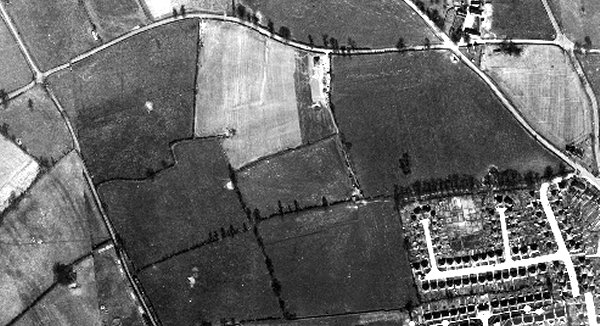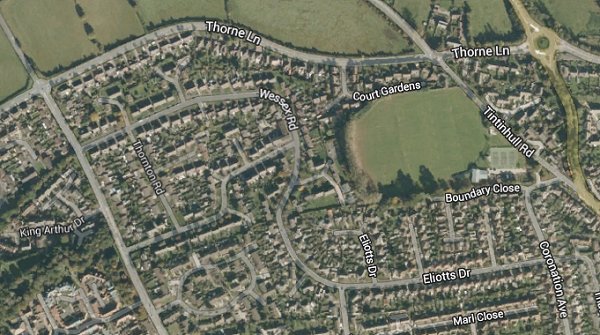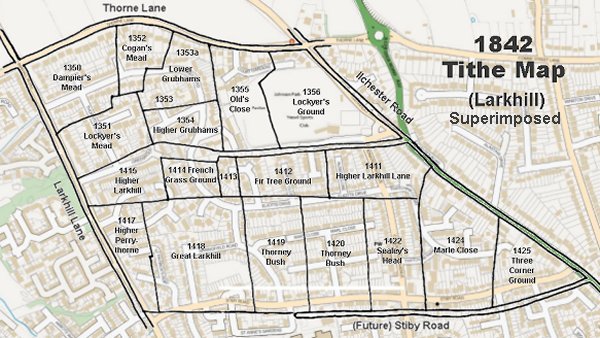french grass ground
French grass ground
A former part of the great West Field of Kingston Manor
French Grass Ground was originally part of the great medieval West Field of Kingston Manor. The name of French Grass Ground (Parcel 1414) derives from the crop originally grown there. French Grass was a colloquial name for various species of Sainfoins (Onobrychis species - derived from the Greek for "devoured by donkeys"). A member of the legume, or pea, family it provided superb forage for grazing animals and the voluntary intake by cattle and sheep is 20% higher than for grass.
In his will of 1761, linen draper of the Borough and Hendford Robert Glisson left all his lands, including Larkhill, French Grass Ground, Thorney Bush, Fir Tree Ground, New Close and Three Marle Grounds (Marle Close), to his four daughters - Betty the wife of Richard Manning, Mary the wife of John Wright, Sarah Glisson and Martha Glisson - although ensuring payments from the produce of the rents went to his widow Betty for her life. By 1777, the lands were held by Robert Glisson's daughter Mary, wife of John Wright. In a Lease for a Year of 1777, Mary leased the lands to her brothers-in-law Richard Manning of Culmstock, Devon, and Robert Winter of Sherborne, Dorset, who had married Sarah Glisson in 1767 (after her father's will). Although Martha had married Thomas Andrews in 1764, neither are mentioned in documentation referring to the lands, since Martha had died in 1767, aged 37.
The 1846 Tithe Apportionment note French Grass Ground as 3a 2r 7p and used as pasture for grazing livestock. The Apportionment noted that the owner was John Winter and the tenant was Joseph Brooks.
French Grass Ground was bounded to the west and north by Higher Larkhill (1415), to the east by Higher Little Larkhill (1413), and to the south by Great Larkhill (1418).
By 1946 the spur of Higher Larkhill, that had previously run across the northern edge of French Grass Ground, had been absorbed into the latter, as had Higher Little Larkhill.
Today the site of the former French Grass Ground is occupied by the houses and gardens of the western end of Eliotts Drive and the eastern spur of Larkspur Crescent.
For details on historic land measurement (ie acres, roods and perches) click here.
maps

This map, based on the descriptions in the 1589 Terrier and the 1846 Tithe Map of Yeovil shows the approximate boundaries of the Manors of Kingston and Hendford as well as the manorial three-field system used in Kingston.

A conjectural map of the great West Field of Kingston Manor showing ancient sub-fields, most likely common fields, within the overall bounds of West Field.

The Larkhill area reproduced from the 1842 Tithe Map. French Grass Ground is centre left.

The 1946 aerial photograph showing French Grass Ground at centre bottom. By this time the spur of Higher Larkhill, that had previously run across the northern edge of French Grass Ground, had been absorbed into the latter, as had Higher Little Larkhill..

The same area today 'borrowed' from Google maps.

The 1842 Tithe Map superimposed (slightly out at the bottom) over a modern map.